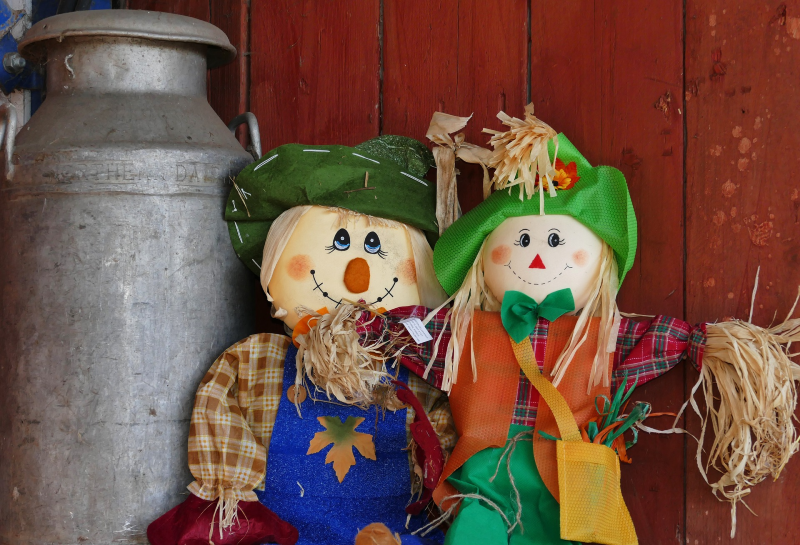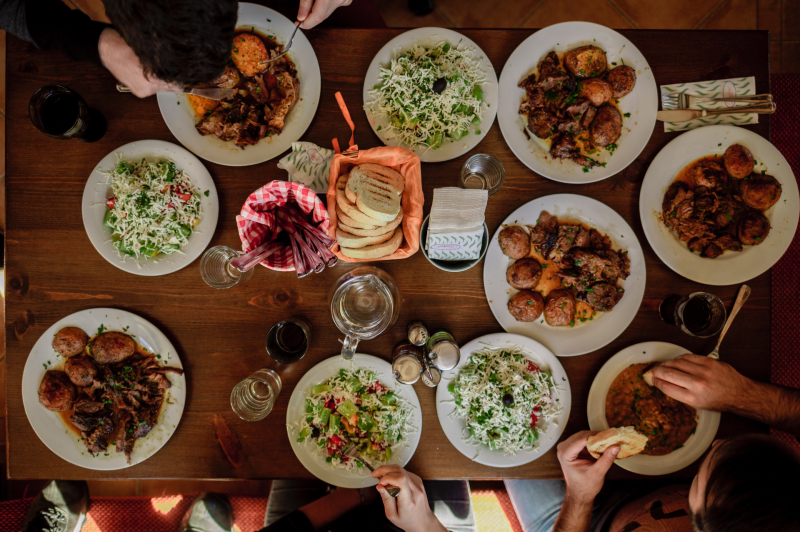The new year should be all about leaving the past behind and looking forward. Here’s how countries around the world celebrate their New Year’s Eve each year.
Yet another Christmas has come and gone, but the festive cheer is not over just yet. The next celebration to prepare for is just around the corner – as we ring in a brand new year, not to mention a new decade.
In honour of cultural diversity, we thought we’d fill you in on different new year traditions that are celebrated around the globe that are different to the usual champagne, fireworks and parties. 2020 is the start of a new decade so what better way to change things up than learning about how our fellow humans celebrate the dawn of a new year?
From making life-sized effigies to breaking china plates on doorsteps, here’s a lineup of the most unique New Year celebrations from around the world.
Ecuador
 One of the New Year’s Eve festivities in Ecuador is called los años viejos” (the old years) in which citizens make scarecrow-like large dolls or effigies of people that they dislike or of notable people from the past year. They then set these effigies on fire at midnight. The symbolic meaning of the festival is to signify the forgetting of the negative of the last one year in preparation for the year ahead. Some of the effigies are even made to look like famous people!
One of the New Year’s Eve festivities in Ecuador is called los años viejos” (the old years) in which citizens make scarecrow-like large dolls or effigies of people that they dislike or of notable people from the past year. They then set these effigies on fire at midnight. The symbolic meaning of the festival is to signify the forgetting of the negative of the last one year in preparation for the year ahead. Some of the effigies are even made to look like famous people!
Philippines
 In the Philippines, it is tradition on New Year’s Eve to have a complete and glorious feast. A custom known as Media Noche, the celebration involves the gathering of family, relatives and friends around a dinner table to enjoy a bountiful spread of food, in preparation for the year ahead. Media noche means “midnight” in Spanish, signifying the dawn of a new year. During the celebration, there’s an array of Filipino traditional meals and desserts, with the exception of any fish or poultry as these signify scarcity of food and are avoided at New Year’s celebrations.
In the Philippines, it is tradition on New Year’s Eve to have a complete and glorious feast. A custom known as Media Noche, the celebration involves the gathering of family, relatives and friends around a dinner table to enjoy a bountiful spread of food, in preparation for the year ahead. Media noche means “midnight” in Spanish, signifying the dawn of a new year. During the celebration, there’s an array of Filipino traditional meals and desserts, with the exception of any fish or poultry as these signify scarcity of food and are avoided at New Year’s celebrations.
Spain
 In Spain, the tradition of 12 grapes is practiced at the start of every new year. At midnight, citizens will eat 12 grapes to symbolize 12 lucky months that they will experience in the year ahead. Another fun fact to note is that these 12 grapes must be eaten while wearing some sort of red under garment, be it underwear, a bra or socks. It is also customary to eat all 12 grapes at the stroke of midnight. Failing to do so will mean bad luck in the new year, which is a no-no.
In Spain, the tradition of 12 grapes is practiced at the start of every new year. At midnight, citizens will eat 12 grapes to symbolize 12 lucky months that they will experience in the year ahead. Another fun fact to note is that these 12 grapes must be eaten while wearing some sort of red under garment, be it underwear, a bra or socks. It is also customary to eat all 12 grapes at the stroke of midnight. Failing to do so will mean bad luck in the new year, which is a no-no.
Denmark

The Danish people ring in the New Year by breaking plates. Yes, that’s correct. In Denmark, it’s a tradition on New Year’s Eve to take your china plates and break them over your friend’s doorstep in a sign of affection and friendship. The bigger your broken pile of plates, the more loved you are.
Japan
 In Japan, the ceremony of joya no kane is a traditional bell-ringing ceremony celebrated on New Year’s Eve across the country of Japan. Having roots in traditional Buddhist beliefs, the bells are rung 108 times, one for each of the worldly desires. The bells are rung right through from the old year into the new one.
In Japan, the ceremony of joya no kane is a traditional bell-ringing ceremony celebrated on New Year’s Eve across the country of Japan. Having roots in traditional Buddhist beliefs, the bells are rung 108 times, one for each of the worldly desires. The bells are rung right through from the old year into the new one.







